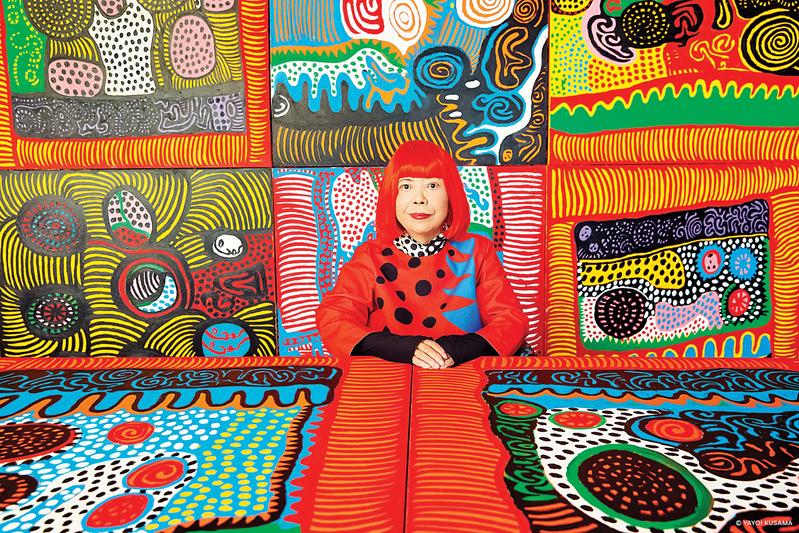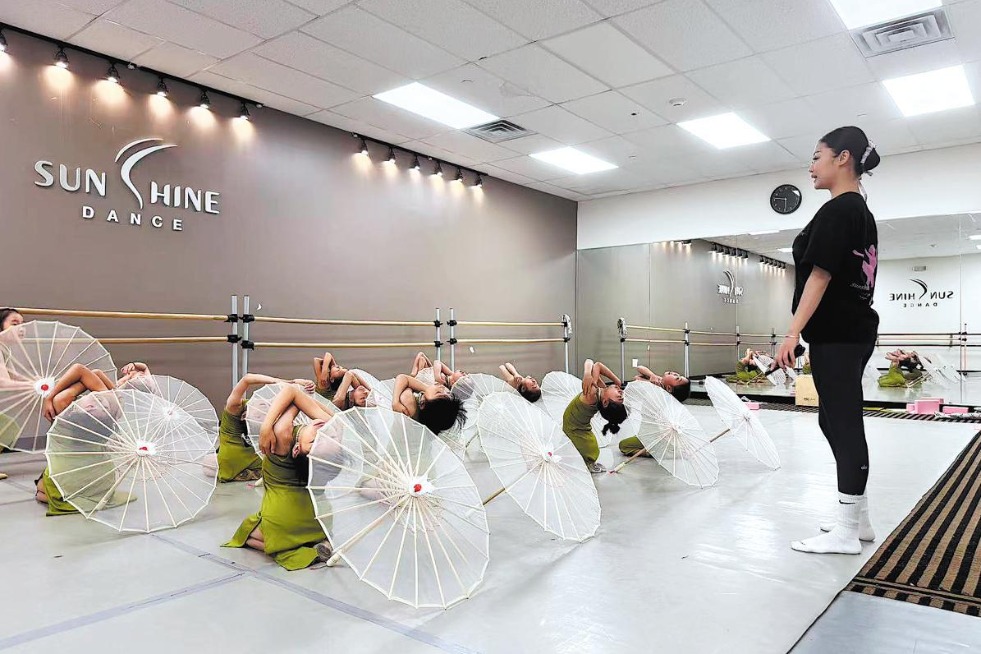Dot icon
A new retrospective of works by Japanese legend Yayoi Kusama at M+ affirms the artist's endless capacity for renewal and reinvention, writes Chitralekha Basu.


Ever the radical
The exhibition embraces Kusama's 70-plus years of work in its many-splendored variety. While her generic dotted pumpkin sculptures are hard to miss - especially with two large-scale ones installed in the museum's unticketed public area - the show does not shy away from showing the artist in her most bold, racy and wildly adventurous incarnation. Photographs from Kusama's activism-based Happenings series of live performances from the late 1960s - at the height of the Beat movement and hence marked by nudity and generally thumbing her nose at normative behavior - are presented in the form of a slideshow. Combined with rare videos of her performances from the 1980s, they document Kusama's forays into interdisciplinary art - featuring live painting, ceramic sculpture, reading and video. While demonstrating her ability to remain at the forefront of new, experimental forms of self-expression, such archival material also serves as a testament to the artist's unfailing talent for teasing and provoking her audience.
Perhaps more disturbing than the racy videos is the proliferation of soft phallic forms sewn onto a dancing skirt, protruding from inside ballerina shoes or sticking out all over sofa sets like thorns on cacti. Viewed from a different angle, a monumental, red, flower-shaped soft sculpture is revealed to be a reptile, growing multiple paws all over its reclining body, bringing to mind the cute monsters from TV puppet shows that go rogue without warning.
The M+ exhibition celebrates Kusama's flair for combining the grotesque and the endearing with lan while borrowing freely from popular culture, reminding us that she made art out of multiple dollar-bill prints and, more famously, mirrored orbs, selling the latter for $2 apiece at the 1966 Venice Biennale, though it was Andy Warhol, also into mass replication with his soup cans at the time, who enjoyed greater visibility.























